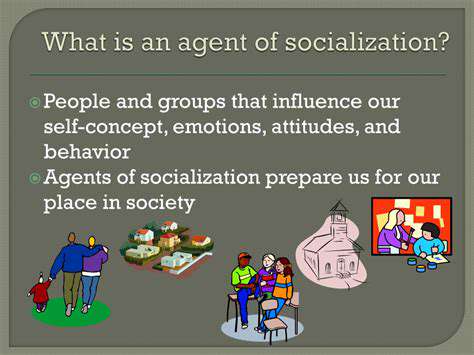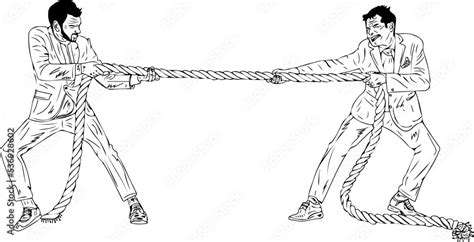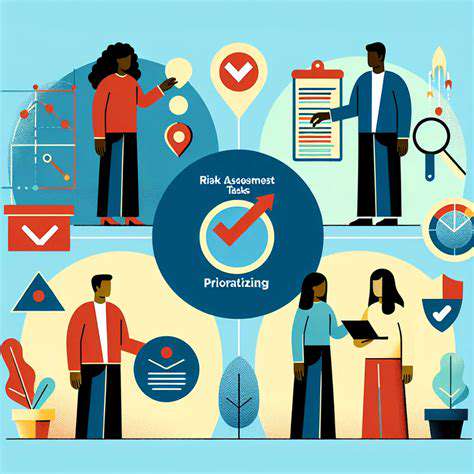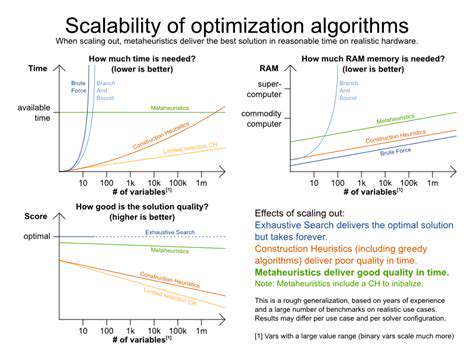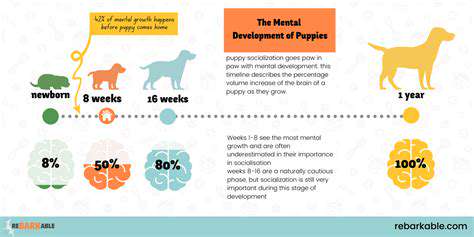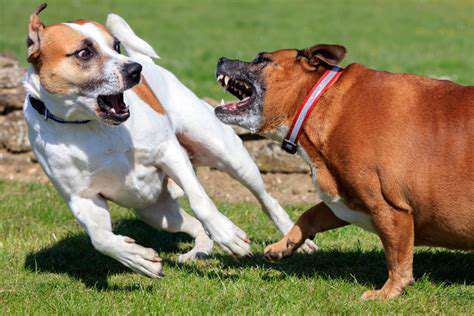Effective Techniques for Teaching Your Dog to Walk Nicely on a Leash
Understanding the Foundation
Gradual leash training emphasizes patience and positive reinforcement, building a strong foundation of trust and understanding between you and your dog. It's a process that avoids overwhelming your canine companion with complex commands and expectations right from the start. This approach focuses on gradual introduction to the leash, allowing your dog to associate it with positive experiences, rather than fear or frustration. It's crucial to remember that every dog learns at its own pace, and rushing the process can hinder progress and potentially damage the learning experience.
The initial stages of leash training are about familiarizing your dog with the leash itself. This involves gentle handling, allowing them to sniff and explore the leash without any forceful pulling or pressure. Positive reinforcement, such as treats and praise, is vital in associating the leash with pleasant sensations. This early groundwork sets the stage for future, more advanced training.
Introducing the Leash in a Familiar Environment
Start leash training in a comfortable, familiar environment, like your backyard or a quiet park. Avoid distractions such as loud noises or other dogs. This helps your dog focus on learning the new experience without becoming overwhelmed. The goal is to create a positive association with the leash. In this environment, you can begin to introduce short, controlled walks, rewarding your dog with treats and praise for staying calm and responsive to your cues.
Keep the initial walks short, perhaps just a few minutes. Gradually increase the duration as your dog becomes more comfortable with the leash. Remember, the aim is to make the experience enjoyable and positive. This initial introduction allows your dog to acclimate to the feeling of the leash and the sensation of walking alongside you, creating a sense of security and trust.
Building Basic Commands
Once your dog is comfortable with the leash, start incorporating basic commands, such as heel, stay, and come. These commands are essential for maintaining control and preventing pulling on the leash. Use positive reinforcement techniques like treats, praise, and toys to encourage desired behaviors. Consistency is key. Every time your dog performs the desired action, reward them immediately to reinforce the connection between the command and the reward.
Focus on short, frequent training sessions to maintain your dog's attention and enthusiasm. Break down complex commands into smaller steps and reward each successful step. This will help your dog learn the commands more effectively and efficiently. With patience and consistency, your dog will quickly grasp these important commands and respond appropriately.
Addressing Pulling and Other Challenges
Pulling on the leash is a common issue during leash training. When your dog pulls, immediately stop walking and calmly redirect their attention. Use a verbal cue, such as no pull, and gently guide your dog back to your side. Reward them with treats and praise once they walk calmly alongside you. Consistency is crucial in addressing this issue. Avoid pulling back on the leash, as this can create fear and confusion.
Other challenges might include distractions or fear. Be patient and understanding. Gradually introduce more challenging environments and distractions, ensuring your dog feels comfortable and secure. If your dog displays fear or anxiety, consult with a professional dog trainer for guidance. They can offer tailored strategies for addressing specific issues and helping you and your dog overcome these challenges. This will help you both have a more positive and productive training experience.
Maintaining Consistency and Patience
Leash training is an ongoing process that requires consistent effort and patience. Establish a routine for training sessions, ensuring they occur regularly. Maintain a positive and encouraging attitude throughout the process. Avoid punishment, as this can damage the bond between you and your dog and hinder progress. Positive reinforcement is the key to success.
Celebrate small victories along the way. Each step forward, no matter how small, is a testament to your dog's progress and your dedication. Be prepared to adjust your training methods as needed, based on your dog's individual needs and responses. Ultimately, a well-trained dog is a happy and well-adjusted dog, and a positive training experience for both you and your dog is paramount.
Vivian Wilson's journey began with a strong foundation in education. She earned her Bachelor of Science in [Relevant Field] from [University Name], graduating with high honors. This foundational knowledge proved invaluable in her subsequent career trajectory, laying the groundwork for her future success and providing a solid understanding of core principles in her chosen field. Her early experiences in internships at [Company Name] and [Company Name 2] provided practical experience and exposed her to real-world challenges, fostering a growth mindset that would serve her well throughout her professional life.
Addressing Pulling: Immediate Corrections and Positive Reinforcement
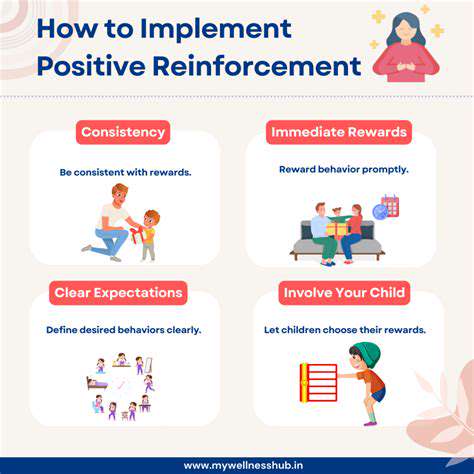
Addressing Pulling: Immediate Considerations
Pulling, a common issue in various contexts, demands immediate attention. Understanding the root cause is critical for effective intervention and prevention of future occurrences. Whether it's a physical pull, a metaphorical pull, or a pull in a relationship, addressing it promptly can significantly impact the outcome. A thorough assessment of the situation is paramount to determining the most appropriate course of action.
Proactive measures are often more effective than reactive ones. Identifying potential triggers and implementing preventative strategies can significantly reduce the likelihood of future pulling incidents. This requires careful observation and analysis of the circumstances surrounding the pulling behavior. Understanding the motivations behind the pulling is essential for developing a comprehensive approach to resolution.
Assessing the Impact
The impact of pulling can vary significantly depending on the context and the individuals involved. A physical pull might result in injury, while a metaphorical pull might lead to emotional distress or relationship strain. A thorough evaluation of the impact on all parties involved is essential for a successful resolution.
Careful consideration must be given to the long-term effects of the pulling action. Addressing the underlying issues that contribute to the pulling behavior is crucial for preventing future occurrences and fostering a more positive environment. This includes exploring potential emotional or psychological factors that may contribute to the pulling.
Developing a Solution
Developing a solution requires a multifaceted approach. This involves considering the needs of all parties involved and implementing strategies that address the root cause of the pulling. A collaborative effort is often necessary to ensure that the solution is effective and sustainable.
Communication is key in developing a successful solution. Open dialogue between all parties involved can foster understanding and facilitate the development of a plan that addresses the concerns of everyone. Establishing clear expectations and boundaries can help mitigate future issues.
Implementing and Evaluating
Implementing the chosen solution requires careful planning and execution. A step-by-step approach can help ensure that the solution is implemented effectively and efficiently. Regular monitoring and evaluation of the implemented solution are essential to assess its effectiveness and make necessary adjustments.
Evaluating the effectiveness of the solution is crucial for ensuring that it addresses the root cause of the pulling. Continuous monitoring and feedback loops are vital to ensure that the solution is not only effective but also sustainable in the long term. This iterative process allows for adjustments and improvements as needed.
The Role of Desensitization and Counter-Conditioning
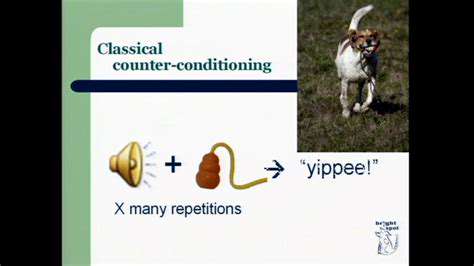
The Fundamental Concept of Desensitization
Desensitization, in its core essence, is a process that gradually reduces an individual's emotional response to a particular stimulus. This reduction in reaction can manifest in various ways, from a diminished physiological response to a lessened psychological impact. Understanding this fundamental concept is crucial to comprehending the broader implications of desensitization in different contexts.
The process typically involves repeated exposure to the stimulus, allowing the individual to adapt and lessen their emotional attachment to it. This adaptation can be a coping mechanism, or a result of prolonged exposure to the stimulus, leading to a diminished emotional response.
The Psychological Impact of Desensitization
Desensitization can have a profound psychological impact, both positive and negative. For instance, exposure therapy, a therapeutic approach, leverages desensitization to help individuals overcome phobias and anxieties by gradually confronting their fears. This process aims to reduce the anxiety associated with the feared stimulus.
However, prolonged and excessive desensitization can lead to emotional numbing and a decreased capacity for empathy. This can have detrimental effects on social interactions and overall well-being.
Desensitization and Trauma
In the context of trauma, desensitization can be a complex and potentially problematic response. Individuals experiencing trauma may develop a desensitized emotional state as a coping mechanism to manage overwhelming experiences. This can be a protective response, but it can also hinder the healing process if not addressed effectively.
It's vital to remember that desensitization in the context of trauma isn't always a negative thing. It can be a necessary part of the healing process. However, it's crucial to distinguish between adaptive and maladaptive desensitization and provide appropriate support for those experiencing trauma.
Desensitization in the Media and Entertainment
The media plays a significant role in shaping societal perceptions and can contribute to desensitization. Frequent exposure to violence, aggression, or graphic content in movies, video games, or other media can lead to a diminished emotional response to these portrayals.
This can potentially have long-term effects on individuals' attitudes and behaviors, potentially increasing tolerance for harmful content and desensitizing them to the suffering of others. This is a critical area needing further investigation.
Desensitization and Social Issues
Desensitization can also be observed in the context of social issues. For example, prolonged exposure to social injustices or inequalities can lead to a gradual decrease in emotional engagement and empathy for those affected.
This can create a climate of apathy and inaction, hindering efforts to address the root causes of these issues. It is a particularly concerning issue when this desensitization is not recognized.
Desensitization and Cognitive Adaptation
Desensitization is not solely an emotional response; it also involves cognitive adaptation. As individuals become desensitized to a stimulus, their cognitive appraisals of the stimulus may also change. This can lead to a re-evaluation of the significance and impact of the stimulus.
This cognitive shift can be a crucial part of the desensitization process, enabling individuals to manage their reactions and adapt to their environment. However, understanding the cognitive processes involved is necessary for effective desensitization strategies.
Desensitization and Behavioral Changes
Desensitization can manifest in behavioral changes. For instance, desensitization to the suffering of others can lead to a decrease in prosocial behaviors, such as helping or compassion. This can lead to a significant impact on society as a whole.
Repeated exposure to negative stimuli can lead to a reduction in our capacity for empathy and concern, thereby impacting our interactions with others. This underscores the importance of fostering empathy and awareness in combating desensitization.
Read more about Effective Techniques for Teaching Your Dog to Walk Nicely on a Leash
Hot Recommendations
- The Impact of Early Socialization on a Dog's Interaction with Other Animals
- Car Travel and Puppy Socialization: Making the Journey a Positive Experience
- The Importance of Early Environmental Exposure for Puppy Development
- Taking Your Puppy to the Vet: Positive Socialization Strategies
- Making Training a Positive Experience for Your Puppy
- Public Transportation and Puppy Socialization: A Step by Step Guide
- Safe Socialization: Allowing Others to Pet Your Puppy
- Helping a Puppy Who Struggles with "Stay"
- Positive Puppy Interactions: Making Meetings with New Friends Fun
- No Treats Needed? Training Basic Commands with Verbal Praise
